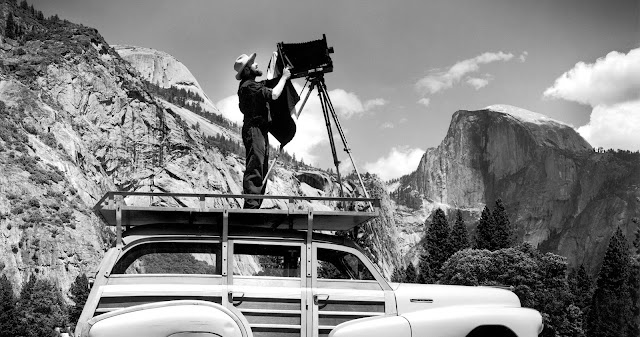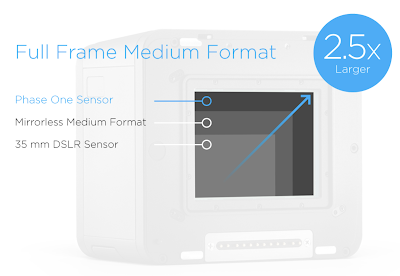Field Cameras vs Studio Cameras

A field system is for sports, wildlife, reportage, and street photography. A studio system is for more methodical use in ideal light situations where portability is less of an issue. As with all dichotomies, the margins are always blurred, but I see this as a good thing. For some, the field is the studio, and Ansel Adams did take his large format camera out into Yosemite. I still find the term "field" vs "studio" camera to be a useful distinction for the purposes of discussion. The most interesting phenomenon today is that we can squeeze much better quality out of much smaller formats. The basic field camera in everyday use today is the phone camera. Today, M4/3 and APS-C cameras are maturing into remarkably highly resolving field systems. It used to be that 35mm format was considered a low resolution field system that compromised on image quality for ergonomic gain. You could even buy a disposable 35mm camera at souvenir shops at tourist spots (and nobody t...




